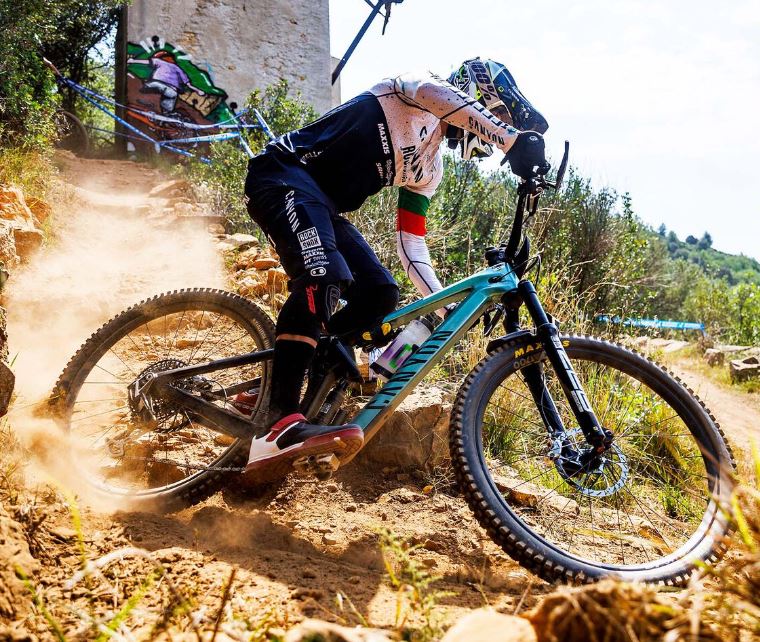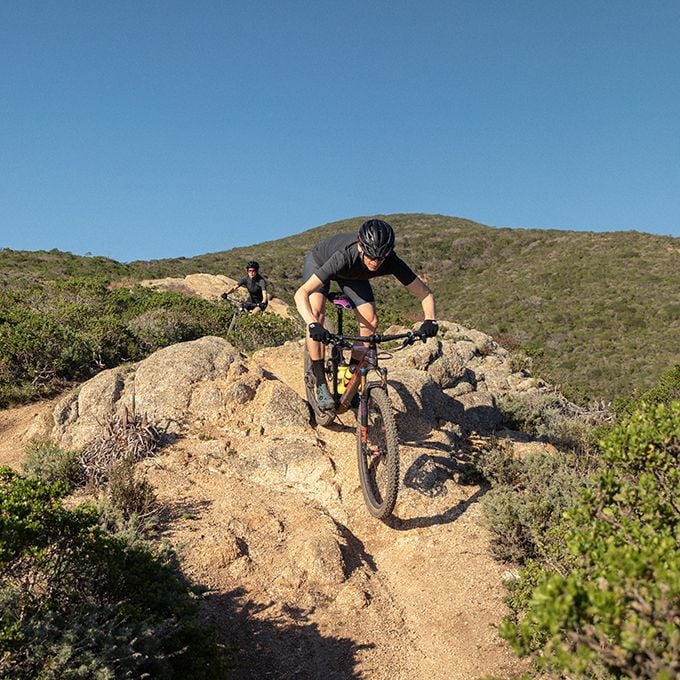Choosing Your Edge: Navigating Wheel Size Choices for Downhill Bikes
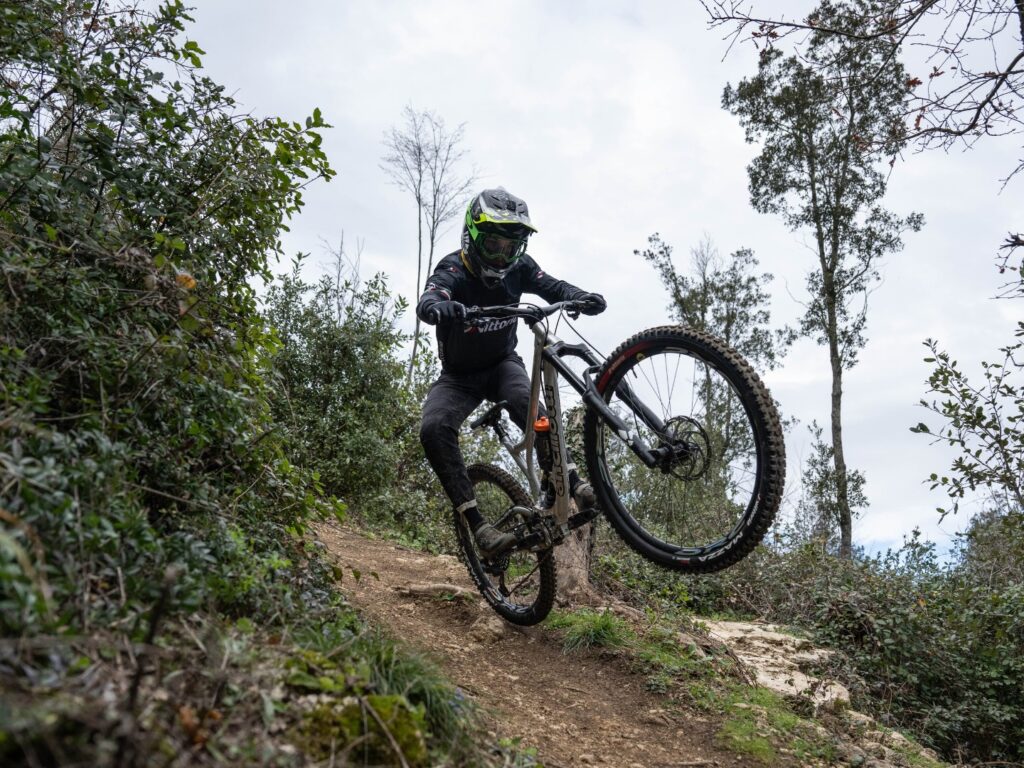
Key Point Summary of Wheel Size Choices for Downhill Bikes:
- Introduction to Wheel Sizes: Overview of the common wheel sizes for downhill bikes, focusing on 29-inch (29er) and 27.5-inch wheels.
- 29er Advantages: Discusses how 29-inch wheels offer better obstacle rollover, increased stability, and enhanced momentum conservation, making them suitable for faster, rougher trails.
- 27.5-inch Benefits: Highlights the agility, quicker acceleration, and more responsive handling of 27.5-inch wheels, preferred for tighter, more technical courses.
- Performance Considerations: Examines how different wheel sizes can affect the bike’s performance, including traction, speed, and maneuverability.
- Choosing the Right Wheel Size: Offers guidance on selecting the appropriate wheel size based on the rider’s preferences, riding style, and typical terrain.
In the thrilling world of downhill biking, where every second and every choice can impact your ride, the debate between wheel sizes—29-inch (29er) and 27.5-inch—remains a hot topic. As a masters cyclist with a vast background in various cycling disciplines, I’ve experienced firsthand how the evolution of wheel technology has influenced downhill biking. This article aims to shed light on the significance of wheel size choices for downhill bikes, providing beginner to mid-level riders with insights into how these dimensions can affect their downhill experience. Whether you’re fine-tuning your race setup or diving into downhill riding, understanding the nuances of wheel performance is crucial.
The Dynamics of Wheel Size in Downhill Biking
29er Advantages
The adoption of 29-inch wheels in downhill biking has transformed the sport. These larger wheels excel in maintaining speed over rough terrain, offering superior rollover capabilities and stability at high speeds. Their larger contact patch with the ground also translates to improved traction, a critical factor in downhill racing’s high-speed descents.
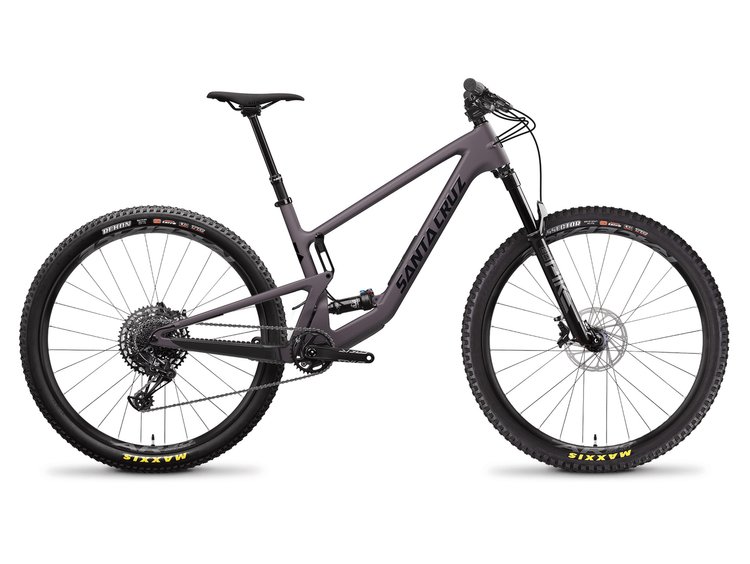
27.5-inch Benefits
Meanwhile, 27.5-inch wheels, with their slightly smaller diameter, bring a different set of advantages to the table. They are known for their agility and maneuverability, allowing riders to navigate tight turns and technical sections with ease. The reduced rotational mass of 27.5-inch wheels also means quicker acceleration, making them ideal for courses with frequent speed changes and airborne sections.
Performance Considerations
The choice between 29er and 27.5-inch wheels significantly affects overall bike performance. While 29ers may offer an edge in speed and stability over long, rough descents, 27.5-inch wheels allow for more playful riding dynamics and easier handling in technical sections. The decision often comes down to the specific demands of the race course and the rider’s personal preferences.
Choosing the Right Wheel Size
Deciding on the optimal wheel size for your downhill bike involves considering your riding style, the typical terrain you tackle, and what you prioritize in your ride. It’s also worth experimenting with different setups to directly feel the impact of wheel size on your performance and enjoyment.
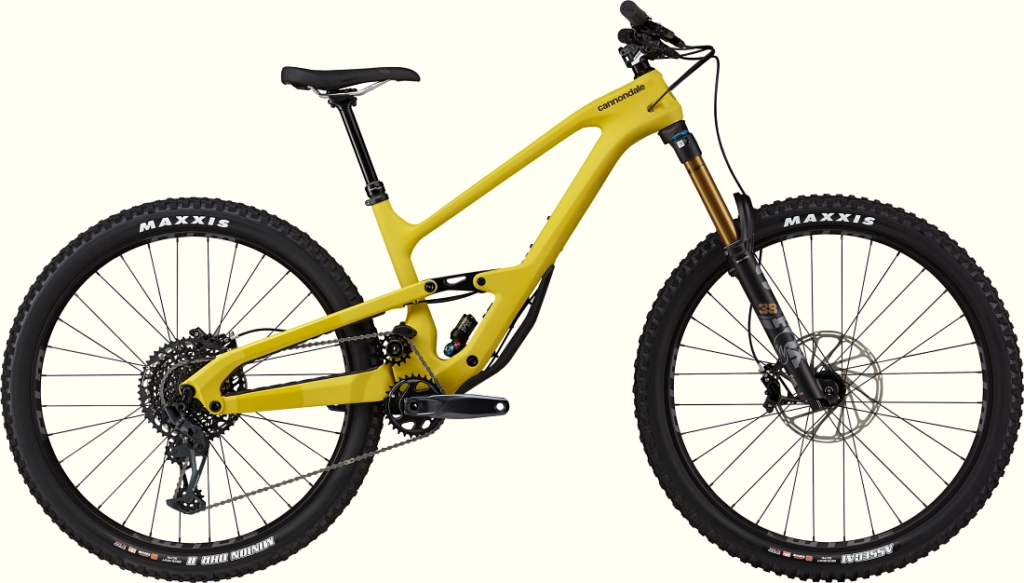
Final Thoughts
The choice between 29-inch and 27.5-inch wheels for downhill bikes is a pivotal decision that can influence your confidence, control, and speed on the mountain. As the sport of downhill biking continues to evolve, so too do the technologies and designs behind these wheel sizes, offering riders an array of options tailored to their specific needs. By carefully weighing the advantages of each and considering your own riding style and the nature of your local trails, you can select a wheel size that not only complements your downhill ambitions but elevates your entire biking experience.
Here are some of the top downhill bikes celebrated for their cutting-edge technology, robustness, and performance on demanding downhill tracks:
- Cannondale Moterra Neo: While primarily known for its electric assist, the Moterra Neo’s robust build and handling make it a unique option for tackling downhill trails with an added boost.
- Pivot Phoenix 29 Carbon: The Phoenix 29 combines Pivot’s renowned design and carbon technology to deliver a downhill machine that’s both lightweight and capable of handling the most technical descents with ease.
- Mondraker Summum Carbon: The Summum Carbon is celebrated for its forward geometry, providing a unique riding experience with enhanced control and speed in downhill racing scenarios.
- Giant Glory Advanced 0: Featuring an advanced-grade composite frame and finely tuned suspension, the Glory Advanced 0 is built for speed, agility, and control on demanding downhill courses.
- Transition TR11: The TR11 offers a perfect blend of performance and playfulness, with a geometry and suspension setup dialed in for both competitive racing and fun days at the bike park.

FAQ
What wheel size is best for downhill mountain biking?
The best wheel size for downhill mountain biking is generally considered to be either 27.5 inches (650b) or 29 inches, depending on rider preference and the specific demands of the downhill track.
Why do downhill bikes have 26-inch wheels?
Downhill bikes historically used 26-inch wheels due to their strength, maneuverability, and quicker acceleration. However, this size has become less common in favor of 27.5-inch and 29-inch wheels, which offer better rollover and stability.
Is it better to have 27.5 or 29 MTB?
Whether it’s better to have 27.5-inch or 29-inch wheels on an MTB depends on the riding style and terrain. 27.5-inch wheels offer more agility and responsiveness, while 29-inch wheels provide better obstacle rollover and stability at speed. Personal preference and the type of terrain you ride most should guide your choice.
What size downhill bike do I need?
The size of a downhill bike you need depends on your height and riding style. Most manufacturers provide size charts based on rider height. It’s essential to also consider reach, stack, and other geometry factors to ensure the bike fits well and matches your riding preferences. Test rides, if possible, are highly recommended to find the best fit.

